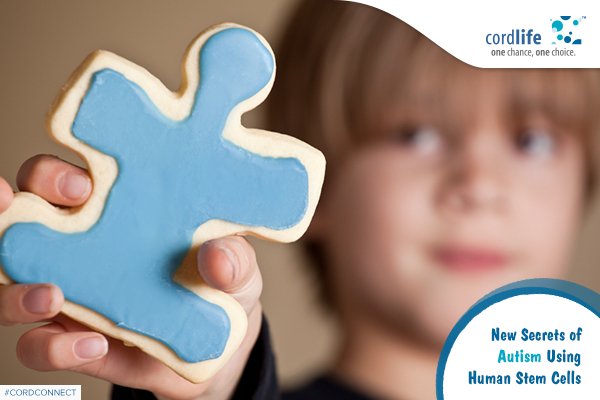Table of Contents
A life-changing human condition, ASD or more commonly known as Autism Spectrum Disorder leaves one with an incapacity that is devastating. Clinical studies on multiple family histories and twins have shown that some cases of ASD are genetic. However, the majority do not fall under this category and appears suddenly in young children intermittently or idiopathically.
At the Hussman Institute of Autism (HIA) in USA, a team has been studying upcoming methodologies that are related to using of induced pluripotent stem cells, or iPSCs. A group of mature human stem cells from the skin or the blood on being experimentally induced, possess the potential to differentiate into most cell types in the body. Since 2006, the process of induction and differentiation has had period upgradations. “One of the exciting aspects of working with iPSCs is that we can study autism in human neurons that have the exact genetic background of a given individual with autism,” said John P. Hussman, executive director of HIA.
“Mini-brains” or organoids, a resultant from the iPS cells of ASD patients have been produced by another research group from Yale. It came to light that ASD mini-brains are comprised of inhibitory neuron which is a type of nerve cell that multiplies and blocks the production of a protein called FOXG1 and then returns these nerve cells back to their normal population count.
A CIRM funded study led by Rusty Gage on a secondary stem cell model for ASD proposing fresh evidences into the initial neurodevelopmental deficiencies seen in ASD patients were published in the Nature Journal Molecular Psychiatry by the Salk Institute (USA) in partnership with scientists at UC San Diego.
Under clinical conditions, Gage along with team of researchers attempted to create iPS cells particularly from those select ASD patients who had undergone a brain growth of up to 23% faster during their toddler stage. Under constant investigations, the researchers studied the ways by which iPS cells from these select ASD individuals developed into brain stem cells. The next stage of growth turned these brain stem cells into nerve cells. The entire growth progression was mapped and matched to that of healthy iPS cells from normal individuals.
Under close observation of the procedure, the team quickly found an issue with the multiplication of the brain stem cells in order to generate new nerve cells in the brain. The process has been termed as neurogenesis. A surplus amount of nerve cells were being produced as the brain stem cells extracted from ASD iPS cells exhibited additional neurogenesis compared to normal brain stem cells. The nerve cells were incapable of sending signals and establishing a working system of transmission. Due to a lack of the synaptic connections with each other by these additional nerve cells their performance remained anomalous, portraying an inability to be less effective compared to healthy neurons.
IGF-1, a drug that is currently undergoing clinical testing towards probable treatment for autism was used in this instance to treat the nerve cells. The team noticed partial correction in the abnormal activity observed in the ASD neurons. According to a Salk news release, “the group plans to use the patient cells to investigate the molecular mechanisms behind IGF-1’s effects, in particular probing for changes in gene expression with treatment.”
Gage’s opinion is that: “This technology allows us to generate views of neuron development that have historically been intractable. We’re excited by the possibility of using stem cell methods to unravel the biology of autism and to possibly screen for new drug treatments for this debilitating disorder.”
